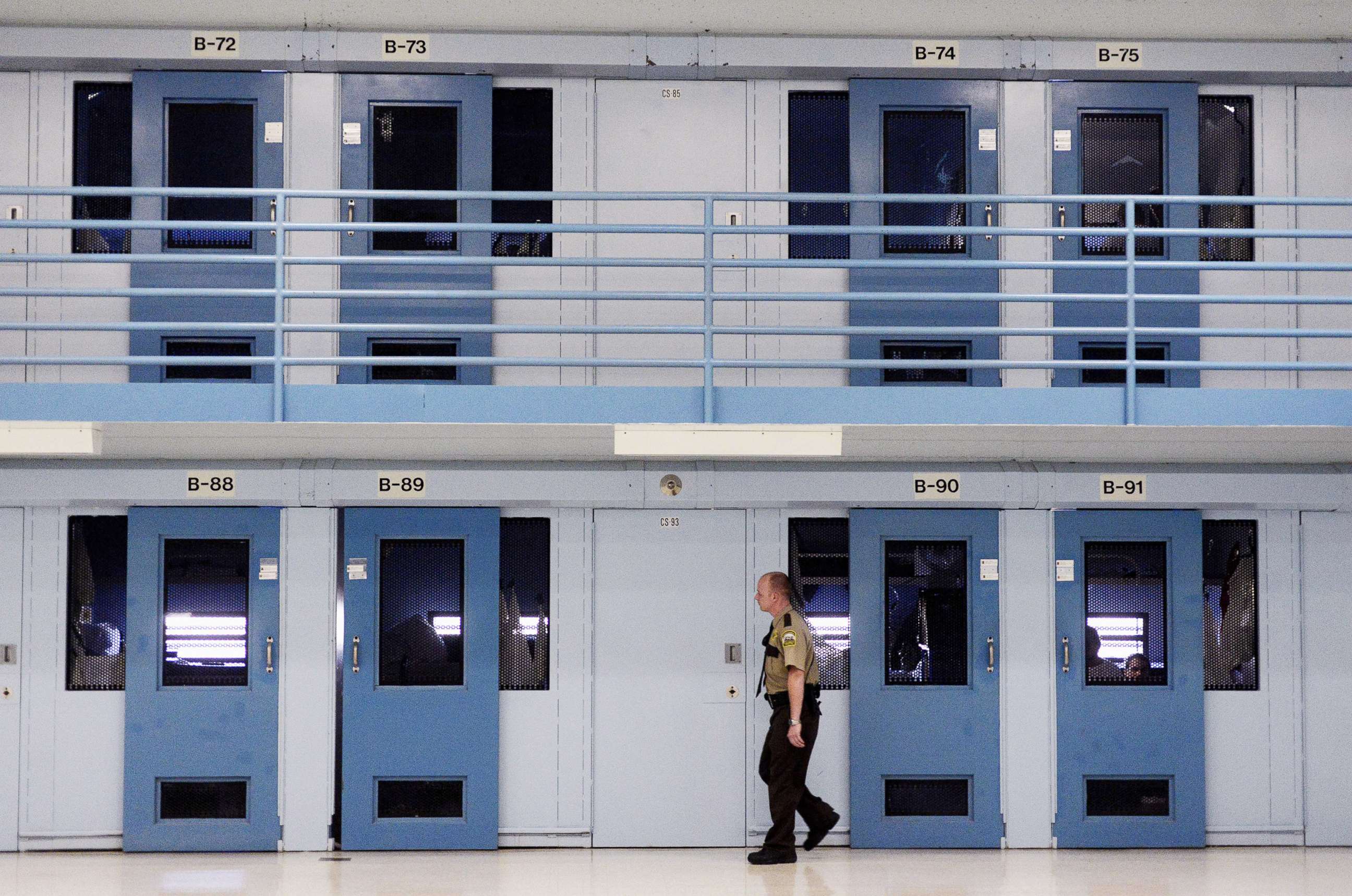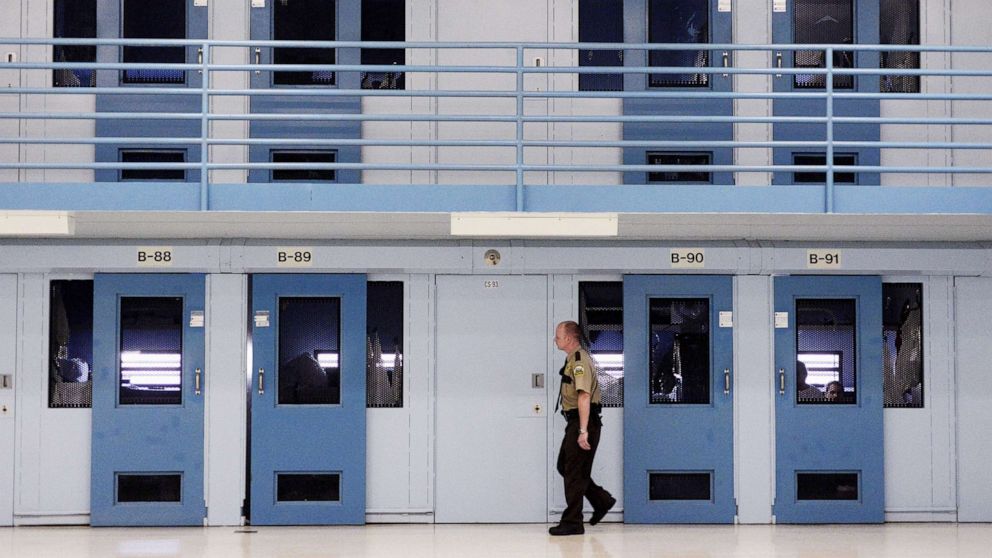Almost half of South Dakota's prison population tests positive for COVID-19
Nearly half of South Dakota's 3,347-person prison population has tested positive for COVID-19, according to the most recent data released by the state's department of corrections Tuesday.
"Unfortunately, the result was predictable," said Leo Beletsky, a professor of law and health sciences at Northeastern University. "In many states, the top hotspots for COVID spread have been prisons and jails."

South Dakota's concerning rate of COVID-19 in prisons is part of a larger narrative. Like so many aspects of the pandemic, the virus has shined a light on vulnerable communities and weak spots in the health care system. Prisons and jails, many of which are chronically overcrowded dormitory settings with shared toilets and showers, and where basic hygiene is hard to uphold, are primed for infectious disease outbreaks.
"People don't even have access to soap," Beletsky added.
Then there's the population itself. Incarcerated people have higher rates of underlying conditions than the general population, according to the Centers for Disease Control and Prevention, which puts them at risk for severe complications and death if they contract the virus.
"The reality is that people are living on top of each other and breathing infected air," said Kate Chatfield, senior adviser for legislation and policy at The Justice Collaborative, a criminal justice research and advocacy organization.
In conjunction with the state health department, the corrections department is doing mass testing in all facilities, according to Mike Leidholt, secretary of corrections. In addition to screening for COVID-19 symptoms and quarantining those who test positive and their close contacts, they've restricted access to community work programs and suspended in-person visitation and volunteer opportunities.
In a statement to ABC News, Leidholt detailed additional changes, including: "revised schedules to increase social distancing, bolstered disinfection efforts and laundry services, implemented physical plant changes and adjusted admission and intake processes."
"All inmates and staff are wearing masks," Leidholt added.
Importantly, COVID-19 infections in South Dakota prisons don't exist in a bubble. By every available metric, South Dakota's COVID-19 outbreak is worsening. On Tuesday, daily infections, hospitalizations, testing positivity rate and deaths were all rising in South Dakota, according to an ABC News analysis of data from The COVID Tracking Project.
"This idea that a correctional facility can be cordoned off and sealed doesn't reflect reality," Beletsky said. "That’s magical thinking."

Instead, prison staff enter and leave the premises, meaning they can seed infections at prisons and can also carry infections contracted at work into the community. "It’s worth mentioning that the folks behind bars aren't the only ones affected," Beletsky said. "This is also an occupational safety concern for the staff."
In a rural state like South Dakota, community spread can be devastating. "Prisons tend to be in rural areas, and often rural areas do not have robust hospital and health care systems," Chatfield said. Outbreaks in rural areas are especially scary, she added, because they strain the health care system.
Rural communities' health resources were dwindling before the pandemic. Many rural communities that used to have hospitals recently lost them -- 95 rural hospitals closed between January 2010 and January 2019, according to the Department of Health and Human Services's Federal Office of Rural Health Policy. Of those facilities, 32 were critical access hospitals.
Nationwide, 152,955 people in prison had tested positive as of Oct. 20, according to data from the Marshall Project.
ABC News' Soorin Kim, Brian Hartman, Benjamin Bell and Arielle Mitropoulos contributed to this report.
What to know about the coronavirus:
- How it started and how to protect yourself: Coronavirus explained
- What to do if you have symptoms: Coronavirus symptoms
- Tracking the spread in the U.S. and worldwide: Coronavirus map
Tune into ABC at 1 p.m. ET and ABC News Live at 4 p.m. ET every weekday for special coverage of the novel coronavirus with the full ABC News team, including the latest news, context and analysis.




